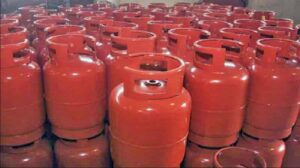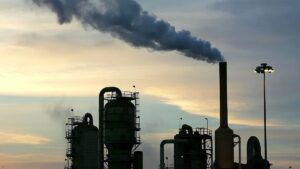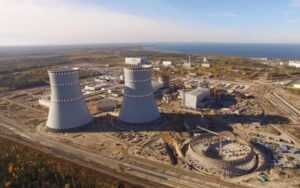International Oil Companies (IOCs) are staging a major comeback in Nigeria’s oil and gas sector, marking a turning point after more than a decade of divestment from onshore operations due to insecurity and regulatory hurdles.
Since President Bola Tinubu took office in May 2023, his administration has rolled out a raft of reforms aimed at stabilizing the sector, restoring investor confidence, and driving up crude production. These include executive orders focused on reducing contracting costs, incentivizing local content, and capping tax credits.
One of the most impactful reforms is the new Executive Order which allows investors to retain 50% of incremental gains from cost savings, a move that has sparked renewed interest in both shallow and deep-water assets.
“We’ve never maximized our potential with Brazil, but that is changing. The Petrobras return is a direct result of these reforms,” said Vice President Kashim Shettima.
In just the past year, IOCs have committed over $10 billion to Nigeria’s upstream and downstream oil sectors. Shell, TotalEnergies, ExxonMobil, and even Brazil’s Petrobras — which exited Nigeria in 2002 — are either expanding operations or actively re-entering the market.
In December 2024, Shell Nigeria Exploration and Production Company (SNEPCo) announced a $5 billion Final Investment Decision (FID) for the Bonga North deep-water project. Similarly, TotalEnergies committed $550 million to the Ubeta Field in Rivers State, and ExxonMobil revealed plans to invest $1.5 billion to revitalize its Usan field.
“The recent incentives for non-associated gas developments made this project possible,” said Mike Sangster, TotalEnergies’ Senior VP for Africa. “Ubeta fits perfectly with our low-cost, low-emission strategy.”
Back onshore, local firms are gaining traction with critical support from IOCs operating behind the scenes as technical and financial partners.
Tony Elumelu, Chairman of Heirs Energies, noted during a February event in Abuja:
“Indigenous firms now contribute over 60% of Nigeria’s crude oil production. This is thanks to presidential directives that have reshaped the operating environment.”
However, industry experts emphasize that this local success is closely tied to foreign partnerships.
“It’s no secret that IOCs never truly left,” said Dr. Titus Owoeye, an oil and gas economist. “They stayed involved via Financial and Technical Services Agreements (FTSAs), ensuring access to funding and technical know-how for local firms.”
One such firm, Neconde, increased production at OML 42 from 15,000 barrels per day in 2023 to 50,000 bpd in 2025, with plans to hit 70,000 bpd by year-end — a field previously shut by Shell in 2006 due to unrest.
As the Nigerian government targets a daily production of 2 million barrels by the end of 2025, experts see the wave of investments as a promising sign.
“The indices are blinking amber and green,” Owoeye said. “We’re not just witnessing recovery — we’re seeing transformation. If sustained, these reforms could reset Nigeria’s oil economy.”











